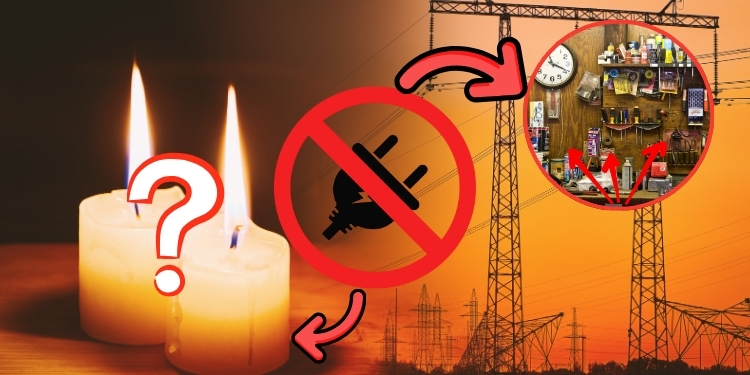Python Trackers Remove More than 20 Tons of Invasive Snakes

A conservation group in South Florida that’s working to reign in the state’s Burmese python problem announced a new milestone in those efforts Monday. After more than a decade of intensive efforts, the Conservancy of Southwest Florida says its team of scientists and trackers has caught, killed, and removed more than 40,000 pounds of the giant, invasive snakes from a roughly 200-square-mile area near Naples.
That’s over 20 tons worth of Burmese pythons, which rank at the very top of Florida’s least wanted list of invasive species. Stretching up to 18 feet long, these cold-blooded killers from Southeast Asia have no real natural predators in Florida, and they can they can swallow animals as large as (or even larger than) they are — in other words, pretty much everything that lives in the Everglades. From woodrats and marsh rabbits to gators and full-grown whitetails, these huge snakes are literally eating their way through the native food web.
Read Next: Largest Python Ever Captured in Florida Is Nearly 18 Feet Long
“The list of species [being impacted by these snakes] is up to around 85,” Ian Bartoszek, a wildlife biologist and the Conservancy’s science coordinator, told Outdoor Life last week, a few days before the organization’s Monday announcement. “It’s easier to make a list of what pythons are not eating, than it is to list all the animals that have been found inside pythons to date.”
This is precisely where python removal programs come into play. And while studying and researching the reptiles is part of the Conservancy’s wider focus, the main goal of its python program is to remove as many snakes from the landscape as possible. Led by Bartoszek and his research partner, Conservancy biologist Ian Easterling, the team has been tracking down pythons amid the dense forests and swamps of the Everglades since 2013.
Bartoszek’s team of biologists aren’t the only ones doing this conservation work. There are several licensed python trackers that get paid for the snakes they remove, and the state invites everyday snake hunters to compete in the highly-publicized Python Challenge each year. But the trackers at the Conservancy are arguably the most effective and efficient removal team in the region because of their science-based approach to finding Burmese pythons, which — despite their size — are uncannily good at hiding.
By taking male pythons and fitting them with trackers, Bartoszek’s team lets the snakes do most of the seeking. During breeding season, which runs from November through April, the team uses radio telemetry equipment to follow these male “scout snakes” as they seek out receptive females. The team currently has around 40 scout snakes in its program, and they’ve helped catch some of the biggest pythons ever recorded in the Florida Everglades. The scouts have also led the team to some major scientific discoveries, including the first-ever photographs of a Florida python swallowing a full-sized deer.
“I don’t want to make it sound too melodramatic, but we do get connected to these animals,” Bartoszek says, referring to one scout snake, named Loki, that died after six years in the program. “It happens when you stay on the tail of a creature for multiple years.”
Utilizing their scouts this way, the team can target the biggest breeding females and remove them from the population, along with their eggs and/or hatchlings. The Conservancy says they’ve kept around 20,000 python eggs from hatching this way. This past winter was also their most productive removal season to date. According to Monday’s announcement, the Conservancy took out roughly 6,300 pounds of python in a matter of months.
That eye-popping figure is counterbalanced by the staggering and almost incomprehensible size of Florida’s python problem. The snakes now inhabit more than a thousand square miles in the southern reaches of the Sunshine State — a region so vast and dense that wildlife managers can only warrant a guess as to the overall population of Burmese pythons there. (Current estimates by the Florida Fish and Wildlife Commission are between 100,000 and 300,000 snakes.)
In many ways it’s an unwinnable battle, with python removal teams like Bartoszek’s doing the best they can to hold the line — or in some cases, slowly push it back.
Read Next: Florida Python Trackers Remove Two Giant Mating Balls in Record Day of Snake Hunting
“People tend to ask, ‘Are we making a dent?’ And I would say yes,” Bartoszek says. “Especially in those areas where we’ve had the scout method underway for over a decade. Those [males] are ranging further afield and finding fewer females, and the ones that they do find are typically smaller size classes … And we hope to see those similar patterns keep developing over the next couple years and into the future.”
Read the full article here









